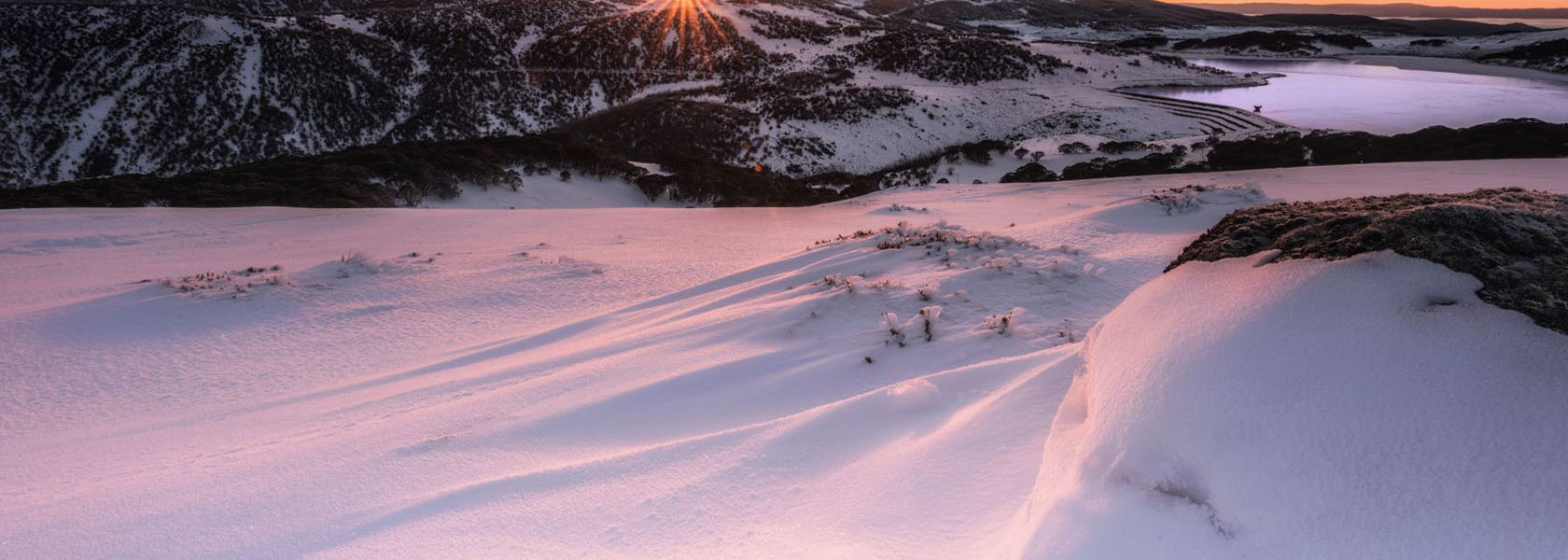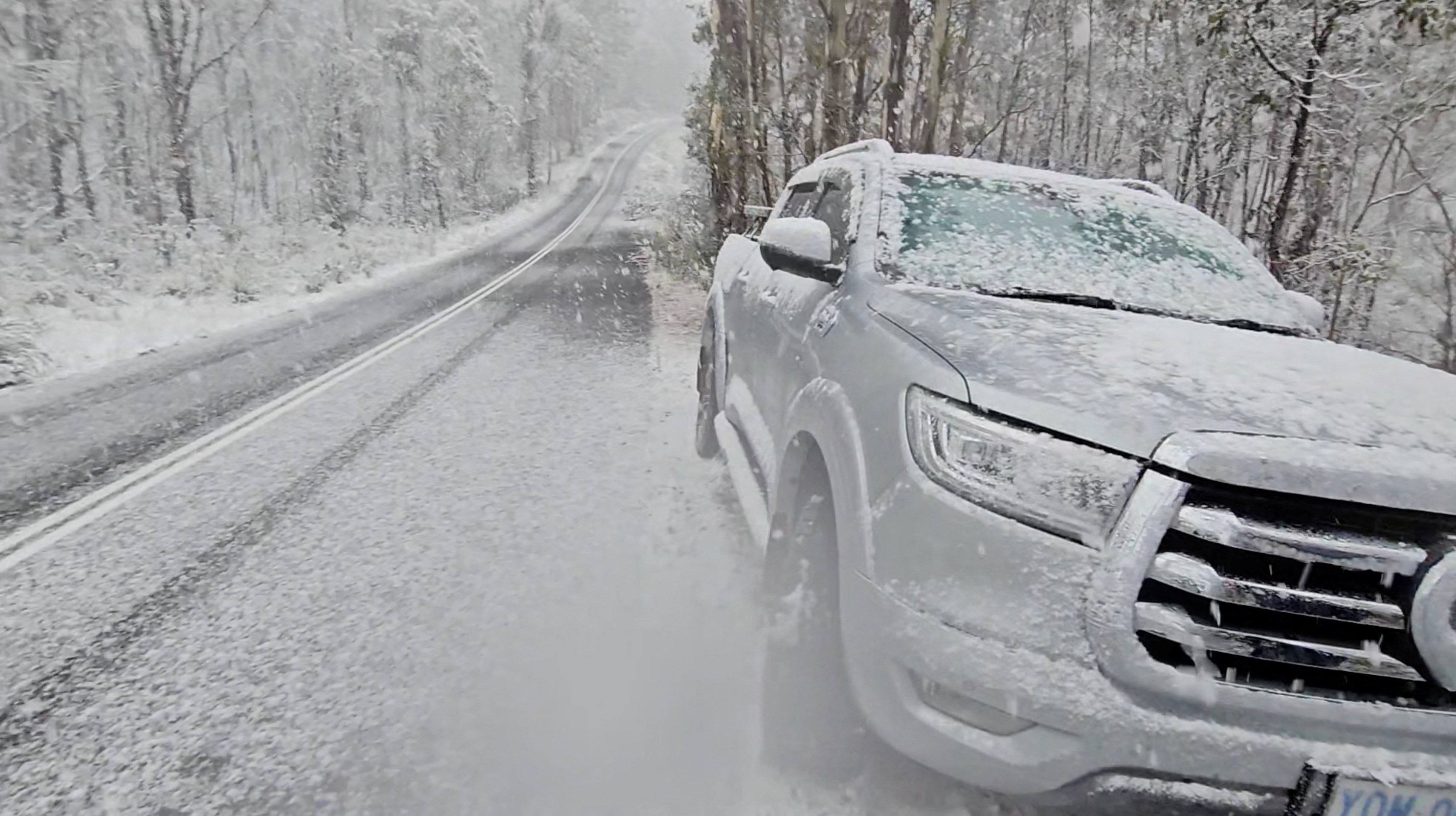Discover the Best-Known Winter Destinations for Snow In Australia This Winter
Discover the Best-Known Winter Destinations for Snow In Australia This Winter
Blog Article
Discover the Remarkable Results of Snow in Australia on Regional Ecological Communities
Regardless of its online reputation for sun-soaked landscapes, Australia likewise flaunts regions buried by snow-- a phenomenon that exceptionally affects the nation's unique environments. The insulating residential or commercial properties of snows protect plants and animals in the middle of the chilliest wintertimes, while the melting snow supports rivers and aquatic life. Nevertheless, the genuine wonder depend on just how these frosty problems form the country's biodiversity and nutrient cycles. As we unwind this elaborate partnership, we discover ourselves walking on uncharted grounds in Australia's high nation.
The Unanticipated Areas of Snowfall in Australia
The high country regions of New South Wales, Victoria, and Tasmania are particularly recognized for their wintertime snow. The Snowy Hills in NSW, for instance, receive plentiful seasonal snow, using a plain comparison to the country's normal warm, arid environment. The presence of snow in these regions considerably affects regional ecosystems, ultimately affecting the country's distinct biodiversity.

Just How Snow Impacts Australia's Distinct Vegetation
These plants have actually advanced to make it through in extreme problems, with snow offering as a safety covering from severe winds and freezing temperatures. The snow likewise contributes to the dampness web content of the soil, providing essential hydration for plant life during the completely dry summertime months. In essence, the snow affects the timing of blooming and seed dispersal, the growth rates, and the survival of many plant varieties, showcasing the complex interplay in between environment and flora in Australia.

The Adaptations of Australian Animal to Snowfall
Simply as Australia's vegetation has adjusted to the wintery problems, the local fauna as well, exhibit exceptional adjustments to the snowfall. Species like the Hill Pygmy-possum, the only Australian marsupial known to hibernate, have actually developed methods to endure in snowy settings. It uses the snow as insulation, hibernating in rock gaps beneath the snow to remain warm. Likewise, the Snow Skink, a species of lizard, changes its colour to white during wintertime, giving camouflage versus predators. Birds such as the Snowy Hills' Crimson Rosella also adjust their diet plans to take in available food resources during colder durations. Hence, despite the extreme conditions, Australian animals demonstrates a durable and adaptive nature, ensuring their survival in areas experiencing snowfall.
The Function of Snow fit Regional Environments
In forming the regional environments, the role of snow in Australia is both multilayered and extensive. Snow offers a vital water source, feeding rivers and storage tanks as it melts, hence sustaining a variety of water life forms. The visibility of snow shapes the greenery patterns, important source animal habits, and overall sustainability of Australia's one-of-a-kind environments.

The Future of Snowfall in Australia: Forecasts and Ramifications

Offered the vital function snow plays fit local ecological communities, the future of snowfall in Australia is attracting boosting attention read this post here from conservationists and scientists. Current environment designs forecast a substantial decrease in snowfall because of international warming, with potentially profound influence on neighborhood ecological communities. Much less snow might result in reduced water accessibility in alpine areas, detrimentally influencing wild animals environments and plant. Furthermore, it can alter the timing of seasonal modifications, disrupting the life process of several indigenous species. The tourism industry, greatly dependent on the winter snow season, may also deal with considerable obstacles. As a result, understanding these predictions and their implications is critical to establish reliable preservation methods, making certain the preservation of Australia's one-of-a-kind biodiversity and the sustainability of its economic climate.
Verdict
The duty of snow in Australia's ecosystems is crucial yet usually ignored. It serves as a guard, a nurturer, and a shaper of diverse alpine types, adding to the richness of Australia's high country. As weather patterns remain to change, comprehending the effects and prospective changes of these snow-influenced communities is important. Thus, the snow in Australia is a lot more than a natural spectacle; it's a crucial gamer in the nation's ecological narrative.
Despite its credibility for sun-soaked landscapes, Australia likewise flaunts regions blanketed by snow-- a phenomenon that greatly influences the country's special communities. It makes use of the snow as insulation, hibernating in rock gaps beneath the snow to stay cozy - Snow In Australia.In shaping the regional ecological communities, the role of snow in Australia is both profound and multilayered. The existence of snow forms the plant Learn More life patterns, pet actions, and overall sustainability of Australia's one-of-a-kind communities
Provided the crucial duty snow plays in forming regional ecological communities, the future of snowfall in Australia is attracting boosting focus from ecologists and scientists.
Report this page